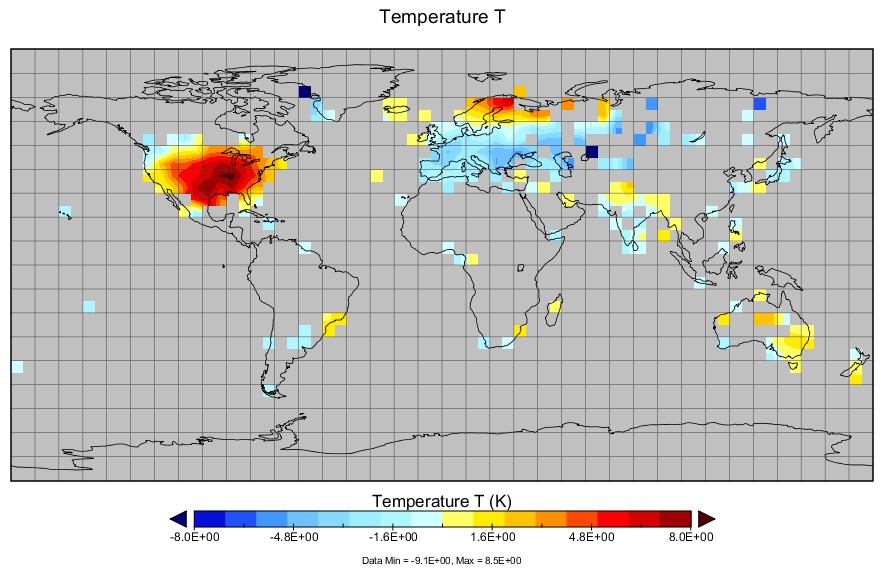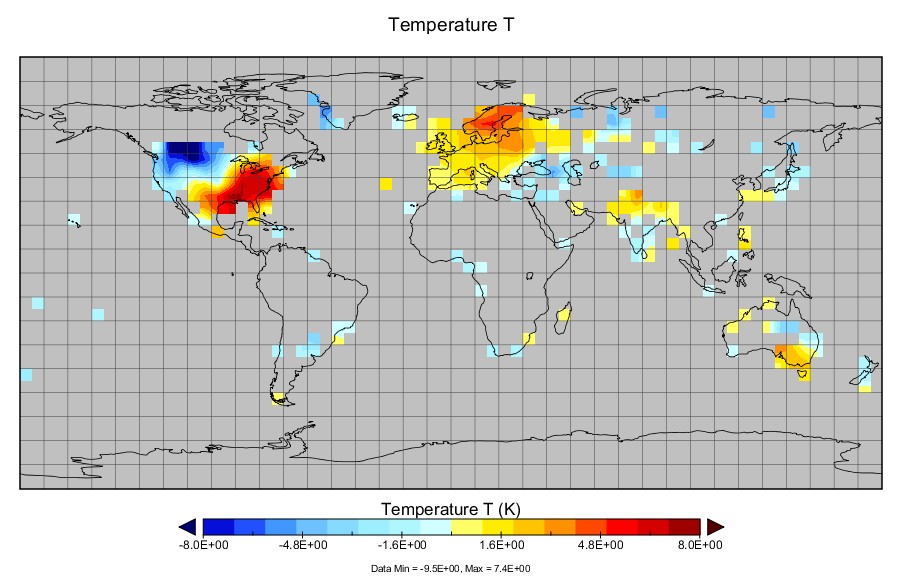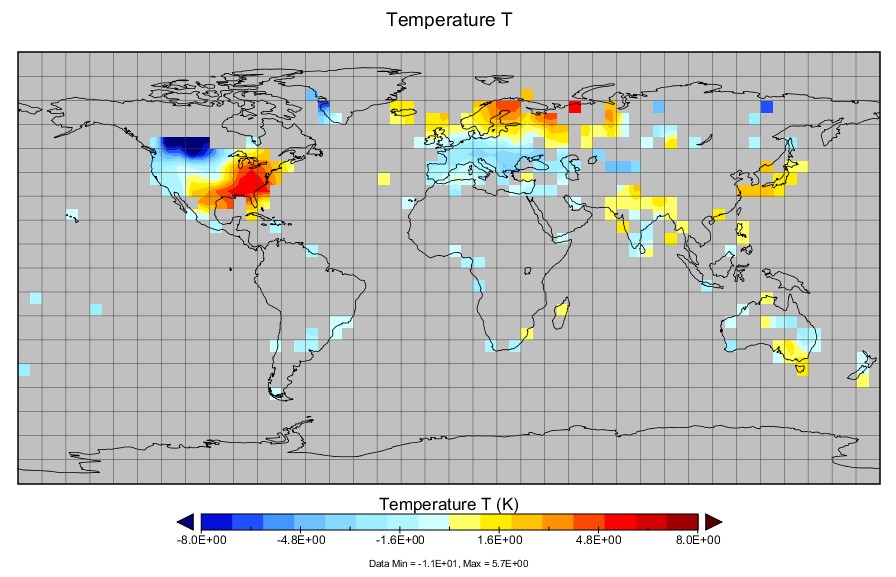The eastern half of the US completely missed the winter of 1889-1890, while the Pacific Northwest had one of their coldest winters on record.
Romm and McKibben would have explained this familiar pattern as being due to chicken farts. The pattern is almost identical to this past winter. Hansen of course would say that this type of weather was impossible prior to 1988.
December 1889
January 1890
February 1890
THE AVERAGE TEMPERATURE IN TOLEDO FOR THE WINTER SEASON WAS 32.8 DEGREES. THAT MAKES THIS SEASON THE 10TH WARMEST ON RECORD. THE WARMEST WINTER WAS THE WINTER OF 1889 AND 1890 WITH AN AVERAGE TEMPERATURE OF 37.8 DEGREES. www.erh.noaa.gov/cle/txtprod/pns_2012_03_01_seasonal_records.txt





I guarantee that they were real happy about this considering the prior winter – 1888.
Even in 1889, the evil industrial revolution was already destroying the planet (sarc).
Something strange about the Jan 90 figure.
The winter of 1890/91 was remarkable for its long duration, from 25th November to 22nd January, rather than for the intensity of the frost, though December 1890 was the coldest such-named month in the CET record (q.v.)
During this period (last week of November to third week of January), the average temperature was below 0 degC over nearly the whole of England and Wales and below (minus) 1 degC in East Anglia and the south-east Midlands
You are looking at the following year.
Calgary showed -19.8C mean, my mean for Jan is aournd -8, that was one dang cold month!!!
It’s amazing to see full-scale maps for those months, even with large-scale omissions. The mildness in the Eastern United States – I have always assumed generated by Foehn winds off those huge Californian storms – is wonderfully striking.
It was a hot summer here in Melbourne – no doubt a powerful monsoon with drenching rain in Queensland and New South Wales was a factor, but we had 11 days with maxima over 35 degrees Celsius (95 degrees Fahrenheit) in January. That figure was exceeded only once in the twentieth century in the record hot month of January 1908 with six days over 40 degrees Celsius (104 degrees Fahrenheit) – a heatwave followed by Melbourne’s coldest winter on record.